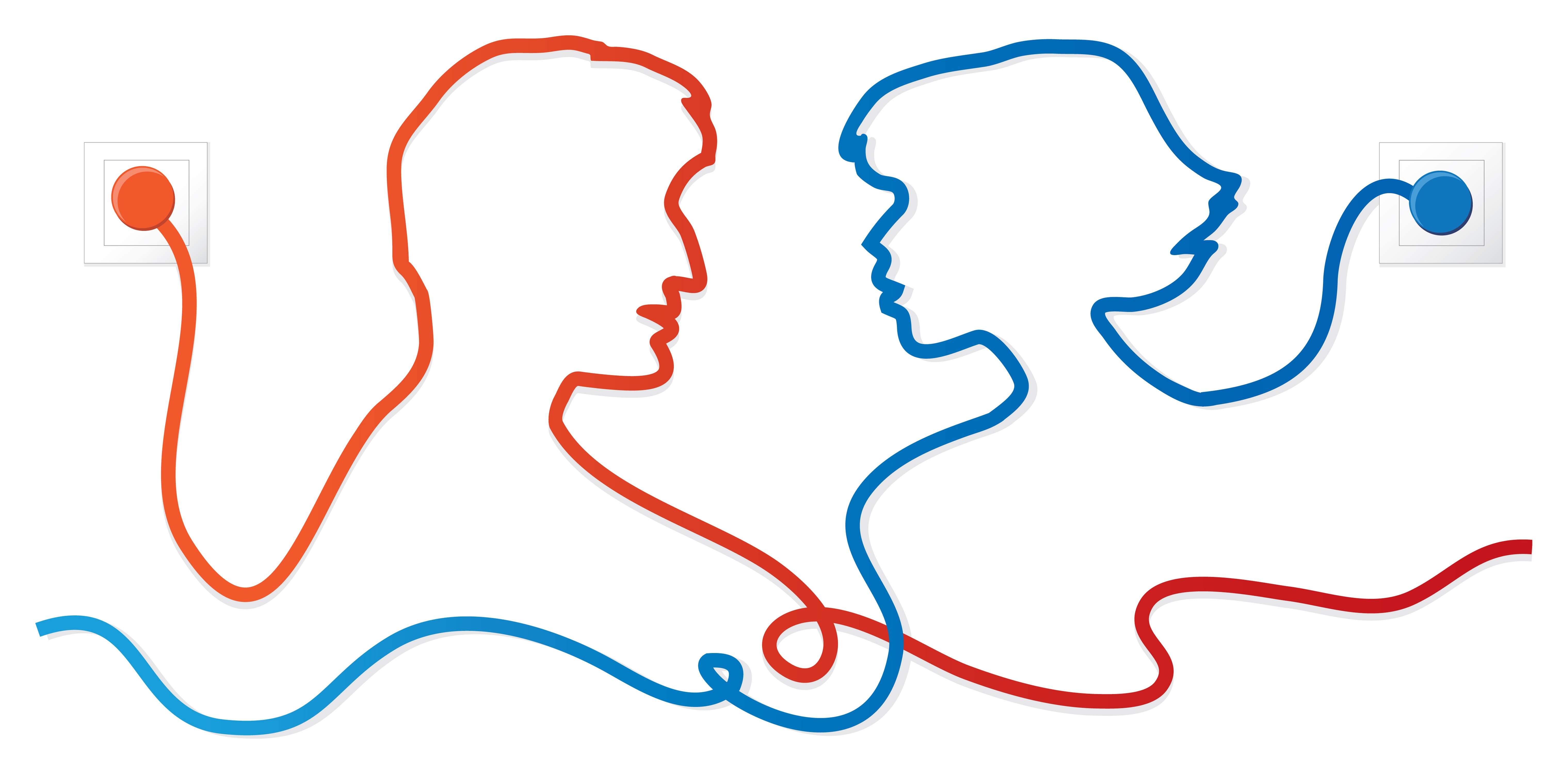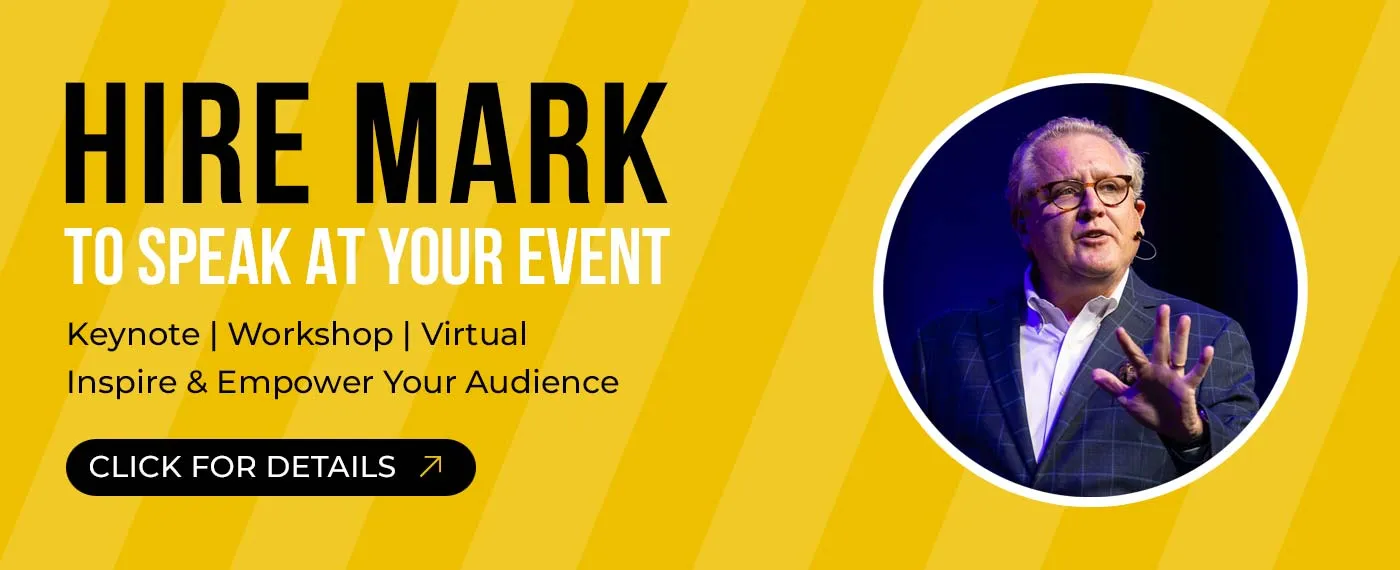
By Brooke B. Sellas, {grow} Contributing Columnist
There’s a new connected consumer in town. And it’s time for you to get to know them.
No, I’m not just talking about Gen Z … nor is this another post about millennials.
The connected consumer embodies a much broader category of people who are living well in the digital age.
Are you ready to meet them?
Who Is The Connected Consumer?
Google’s calls them “the onliner” in its 2017 Connected Consumer Study.
It would be easier to call them the “always on” consumer. Being connected is their way of life.
The connected consumer doesn’t easily fit into one demographic group, either.
They aren’t “just” Gen Z or millennials; they come from many different age ranges. Just as diverse are their educational backgrounds and income levels.
The one thing this group has in common is that they are extremely active on social media.
A recent report entitled THE TETRA PAK INDEX has stats behind this growing group showing …
- Digital now accounts for 65% of media time for the average global consumer, and 72% for the most active users
- 65% of connected consumers and 87% of heavy users read online articles every week
- 80% of millennials now want brands to entertain them
- Connected consumers globally see social media as a means of brand interaction, with 48% seeing it as the preferred platform for expressing an opinion on a brand
- They also see it as a medium that’s substantially more believable than advertising (62% versus 38%)
Most importantly, their voice — their comments, shared on social media, blogs, forums, etc. — play a vital role in today’s customer journey. They’re the figureheads other less-connected consumers are looking to when making a purchasing decision.
Enter AI
When you take the connected consumer and add AI (artificial intelligence), guess what you get? More connected.
With things like artificial intelligence, machine learning, automation, and Internet-based tech, business has changed. And so should marketing.
But it’s up to us whether these intelligent tools will lead to greater outcomes or more frustration.
67% of consumers prefer agent-assisted customer service but only 39% of respondents were satisfied with their experience when working through self-service channels, according to an inContact Study.
As consumers, we want the choice of easy, omnichannel interactions and self-service. But we also want a human there, willing and ready, when something goes wrong.
In other words, we want machines and humans seamlessly working together to provide a personalized experience at every touchpoint.
So easy, right?!
Sure. But only if you’re keeping the human element at the center of your intelligent tools structure.
You may be able to replace some humans with machines, but replace all the humans at the detriment of your brand.
The Marketing Rebellion
These driving forces — more machines, more connected consumers, and less human interaction — is where the conundrum comes in.
And if you’ve read Mark’s newest book, The Marketing Rebellion, you can see where the answer lies.
The Most Human Company Wins.
In Chapter Eight, Mark highlights the “Manifesto for Human-Centered Marketing” and #2 states,
“Technology should be invisible to your customer and only used to help your company be more compassionate, receptive, faster, fascinating, and useful.”
(See the Manifesto here)
I honestly don’t see this happening with AI. Yet.
In fact, one well-known messenger and chatbot service company offered me their tool for free for 30 days.
They sent me a code to try out this free month but when I went to enter the code, it didn’t work.
Since this all took place with a bot (the offer), I went back to the bot and asked for help, stating that the code wasn’t working.
The bot didn’t know what to do and it took a human TWO DAYS to email me to resolve the issue.
Was that service fast? Sure, at first.
Was it compassionate, receptive, fascinating, and useful? Not really.
However, had a human stepped in immediately and helped me at the moment of frustration, their tool probably could have scored well on everything.
We, marketers, have gotten caught up in shiny object syndrome and placed everything on the machine. But it’s not about the machine. It’s about the tool servicing with a human hand!
Where We Go Next
So where do we go from here?
I’m all for machines, AI, and faster, more useful customer experiences. Just not if it means sacrificing the human element.
Yes, we’re going to have to go above and beyond to include machines and deliver highly differentiated experiences. However, we also need to remember that while elevating our brand, we’re also working on trust, seamless communication, and customer loyalty.
Can we do that just with machines? Doubtful.
Bottom line, the point of technology isn’t to move us further away from communicating with each other. Rather, it should bring us together more easily.
*If you want to learn more about using intelligent tools while still keeping the human element front and center, come see both me and Mark Schaefer speak at the HELLO Conference!
How has your marketing changed to support the connected consumer? Let me know in the comments below!

Brooke B. Sellas is the CEO & Founder of B Squared Media, an award-winning done-for-you social media management and advertising agency. In 2018, she was named a Top 25 Brand Builder & Woman Entrepreneur in New Jersey. She’s also a blossoming blogger and a purveyor of psychographics. Brooke’s marketing mantra is “Think Conversation, Not Campaign” so be sure to give her a shout on Twitter!


